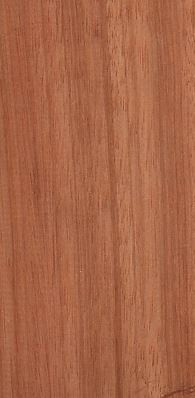

Ekaba is a large tree that can reach 50 m high and more than 1 m in diameter. It is found in Central Africa from Cameroon to the Democratic Republic of Congo. The wood is pinkish brown, moderately durable, and is mostly used for interior joinery.

Tetraberlinia bifoliolata, Berlinia bifoliolata (synonymous), Tetraberlinia tubmaniana
Family: FABACEAE-CAESALPINIOIDEAE (angiosperme)
Commercial restriction: no commercial restriction
Ekaba is a large tree reaching 50 m in height and 1 m in diameter. Its trunk is cylindrical, sometimes with buttresses at the base. The bark is smooth, marked with numerous very characteristic orange or reddish lenticels.
The tropical wood ekaba is a moderately durable wood, adapted for interior joinery in particular for the confection of woodworks. It is also used in the manufacture of plywood and in exterior joinery, provided that it has received a preservation treatment.
Ekaba is used for the following products:
Structures and panels
Exterior joinery (building facade)
Carpentry and interior fittings
Miscellaneous uses
The tropical species ekaba is found in a zone located in the west of Central Africa (Cameroon, Equatorial Guinea, Gabon, Congo, DRC).
The exotic species ekaba grows in evergreen forests. It is a hermaphrodite species that tolerates shade and can grow on poor soils. The seeds are dispersed by opening the pod from November to March.
See the Tropix sheet of ekaba (CIRAD).
See the Tropix sheet of ekaba (CIRAD).
Sources :
Copyright: Q. Meunier, C. Moumbogou, J.-L. Doucet, 2015, Les arbres utiles du Gabon
use(s) for this species :